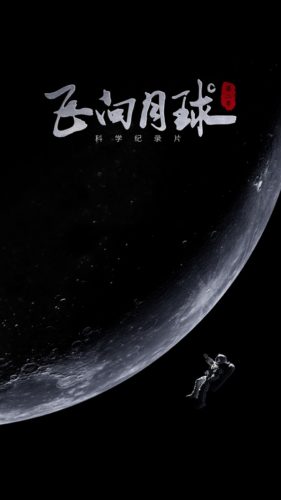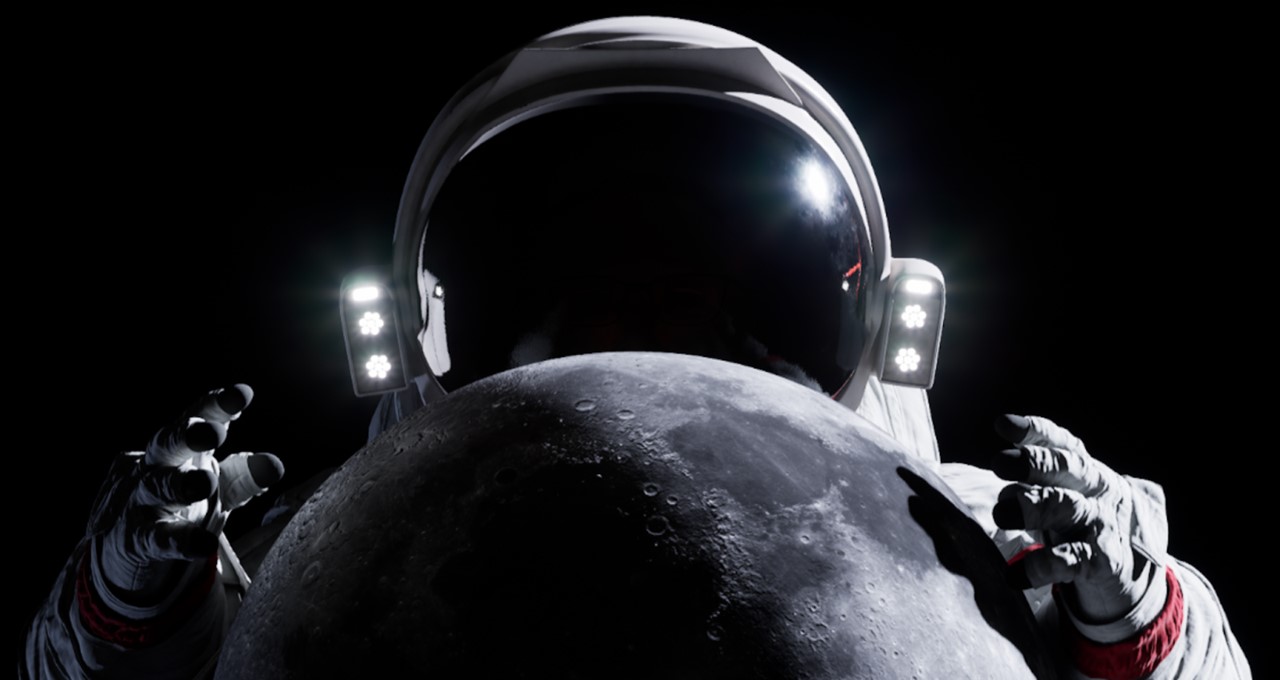Audiences are making a round-trip to the moon with a science documentary that showcases China’s recent lunar explorations.
Fly to the Moon, a series produced by the China Media Group (CMG) entirely in NVIDIA Omniverse, details the history of China’s space missions and shares some of the best highlights of the Chang ‘e-4 lunar lander, which achieved humanity’s first soft landing on the far side of the moon in January of 2019
CMG wanted to celebrate recent achievements of science and technology by creating an immersive visual experience for audiences. But designing a realistic lunar surface required extensive collaboration across different teams throughout the development and production cycles.
To handle the massive amount of data and assets needed to build space scenes, and to create detailed, stunning graphics in high resolution, CMG turned to Omniverse, a real-time simulation and collaboration platform.
CMG used the newly released NVIDIA Omniverse Machinima, an app that simplifies cinematic 3D storytelling, to bring viewers into immersive cosmic environments. NVIDIA RTX real-time ray tracing and AI helped the team enhance content creation workflows and produce photorealistic graphics for the documentary.
Content Creation That’s Out of This World
NVIDIA Omniverse lets CMG’s artists and designers easily unite their 3D assets and multiple software applications in a single, virtual collaboration space. There, they could work together and create simultaneously on shared scenes. They could also easily import and export USD files, which saved time spent on model extractions.
Omniverse Nucleus, the real-time collaboration engine of the platform, helped the team manage the integrity of their 3D assets and accelerated production workflows. Omniverse Connectors for Epic Games Unreal Engine, Autodesk Maya and Adobe Substance enabled live-sync collaborative creation, while the Omniverse RTX Renderer provided real-time previews of scenes and images.
Working simultaneously across multiple applications, combined with the ability to review content with real-time ray and path-traced realism, helped CMG speed production times.
CMG also used Omniverse to let its artists create 3D models and high-fidelity renders for their immersive space environments. NVIDIA Quadro RTX 8000 and NVIDIA RTX A6000 GPUs provided large video memory for loading massive amounts of data and reducing rendering times.
Using multi-GPU rendering, real-time ray tracing and material definition language, CMG created detailed images with realistic lighting and shadows, all in ultra-high 4K resolution.
 Through technical processes like AI deep learning, logical binding, technical art and live real-time driving, CMG designed realistic “digital astronauts” in 4K resolution. It also developed a facial action coding system using deep learning running on the NVIDIA graphics cards to recognize the features of actors by time-of-flight cameras, and driving digital twin humans in real time by infrared camera.
Through technical processes like AI deep learning, logical binding, technical art and live real-time driving, CMG designed realistic “digital astronauts” in 4K resolution. It also developed a facial action coding system using deep learning running on the NVIDIA graphics cards to recognize the features of actors by time-of-flight cameras, and driving digital twin humans in real time by infrared camera.
“We wanted to create a real-time VFX production workflow — one where visual effects producers, directors, artists and developers can see both progress and effects in the same context, so that what you see is what you get,” said Jay Wang, technical director of the VFX group at CMG. “We found that Omniverse Kit and Omniverse View help us realize this goal.”
CMG anticipates gaining a 30-40 percent time savings from pre-, production, and post-production with continued implementation of NVIDIA Omniverse. The company plans to use NVIDIA Omniverse running on NVIDIA RTX to create stunning photorealistic images, enhance production pipelines and build more complex scientific visualizations for film and television in the future.
Learn more about NVIDIA Omniverse and NVIDIA RTX.
Watch the first three episodes for Fly to the Moon:
